Behind the mystery of wall carpets
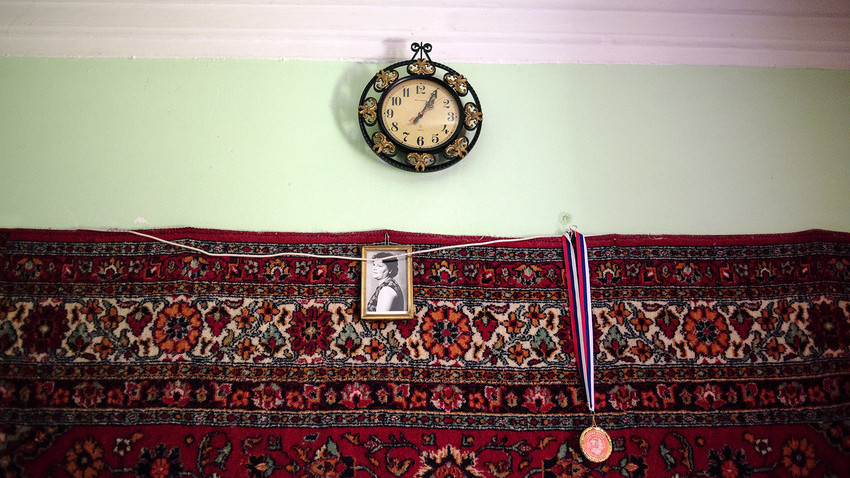
Do you know what really hits home with Russians when they watch the brilliant “The Big Lebowski” by the Coen brothers? It’s the rug, the one “that really tied the room together.”
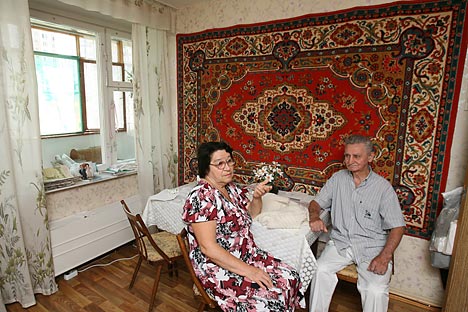
Many of hipsters now instagram their look with a carpet on the wall at the background as a funny 'old-school' tradition. Source: PhotoXpress
Although the Dude uses it the proper way, covering the floor, its pattern strikingly resembles that of an old carpet hanging on the wall of a babushka’s apartment. But again, why and what for?
Carpets invaded Russian apartments in the ‘60s, and the reasons for that were numerous. During the time of massive urbanization, millions of people were leaving their rural houses, dormitories and even barracks, and moving into newly-built city apartments in low-cost, concrete-paneled buildings. These buildings came to be known by the twisted name of
The apartments were very cold in winter (
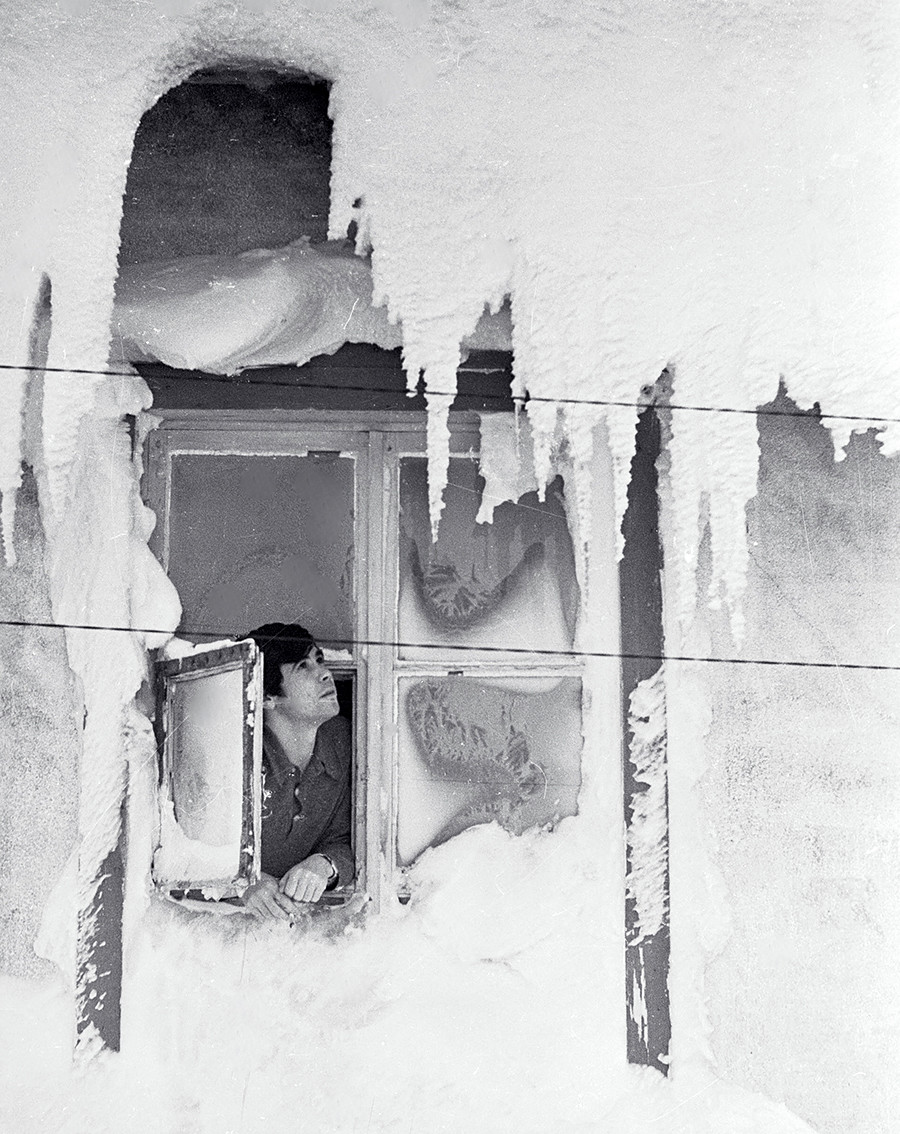
“We didn’t care about how it looked,” said Sergei, a blogger from Siberia. “But when it’s -40 Fahrenheit outside, and a match lit near your living room’s wall is starting to burn downwards because of the descending cold air current, it’s better to use carpets than to catch
The walls of
And the last, but by no means the least, they are beautiful in their own way, especially those which were produced in the southern Soviet republics of
Naturally, the Muslim states of the Middle East were the ones that introduced carpets as decorations to medieval Europe. In Persia, wall carpets were considered true treasures because of the complexity of their production.
So in
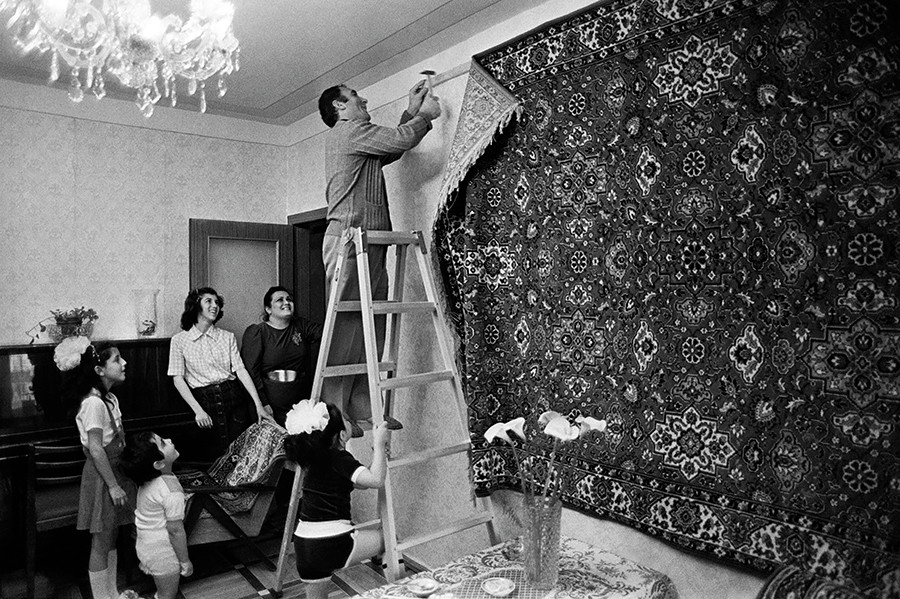
In Soviet times, carpets also were a sign of a well-to-do family, because it could be really expensive. With an average monthly salary of 120 rubles to 150 rubles, a carpet’s cost varied from 125 rubles (in 1961) to 300 rubles to 500 rubles (in the 70s), but that’s for the carpets made in the Soviet
But one couldn’t just walk in a shop and buy a carpet – in those times, Soviet citizens had to “procure” (
In the USSR, carpets became an essential item in everyday life. In
The key to both superstitions is the same – both salt and carpets used to be very expensive, so it’s no wonder that spoiling them causes a row. As for the carpets, Russians usually hang them on the walls using small stitched threads.
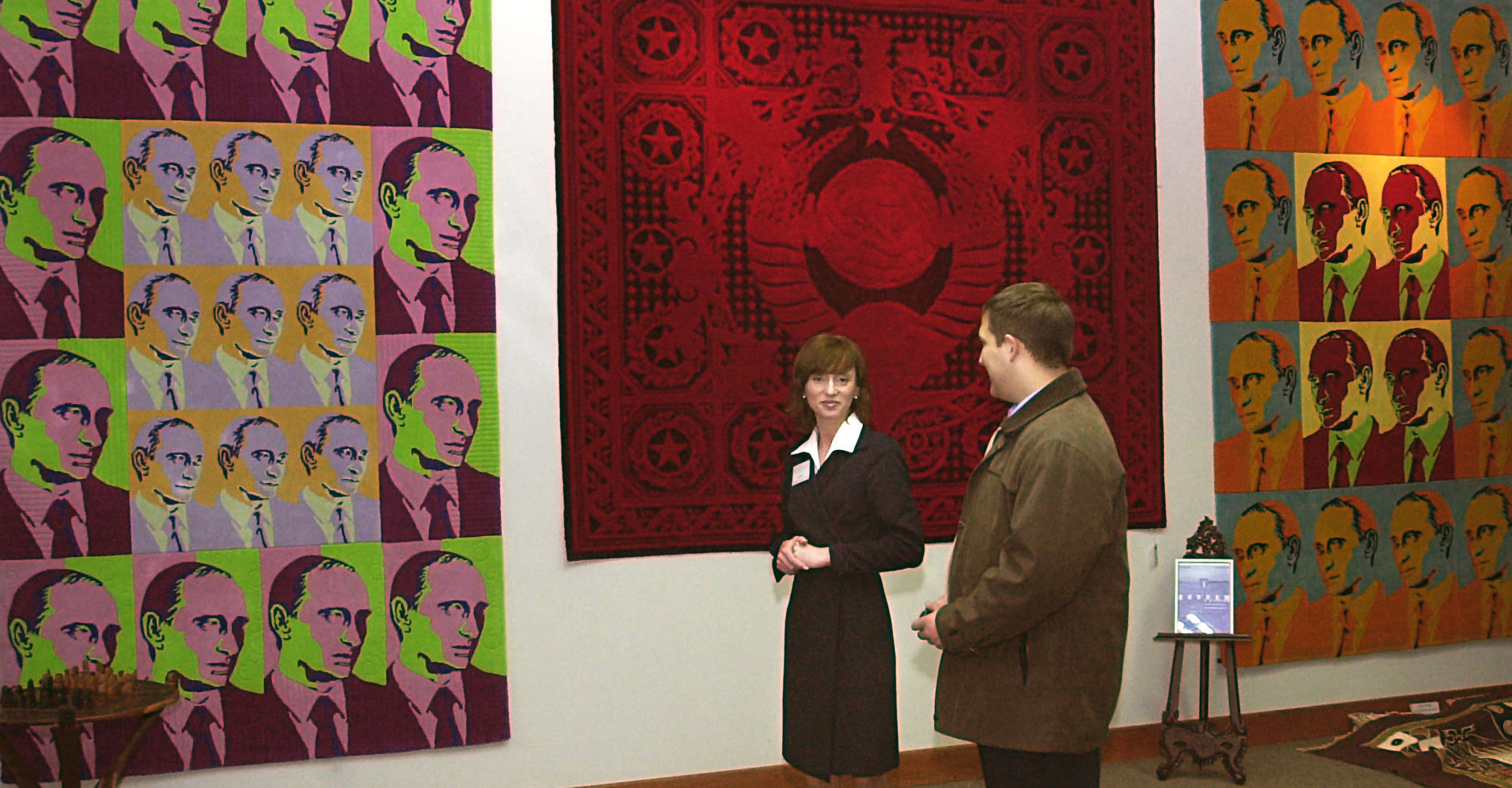
Nowadays, young Russian designers, artists and eccentrics have renovated the trend for wall carpet and even devised a humorous title for it: “Its Royal Woolness.” So maybe hanging one in your apartment isn’t such a bad idea after all.
All rights reserved by Rossiyskaya Gazeta.
Subscribe
to our newsletter!
Get the week's best stories straight to your inbox